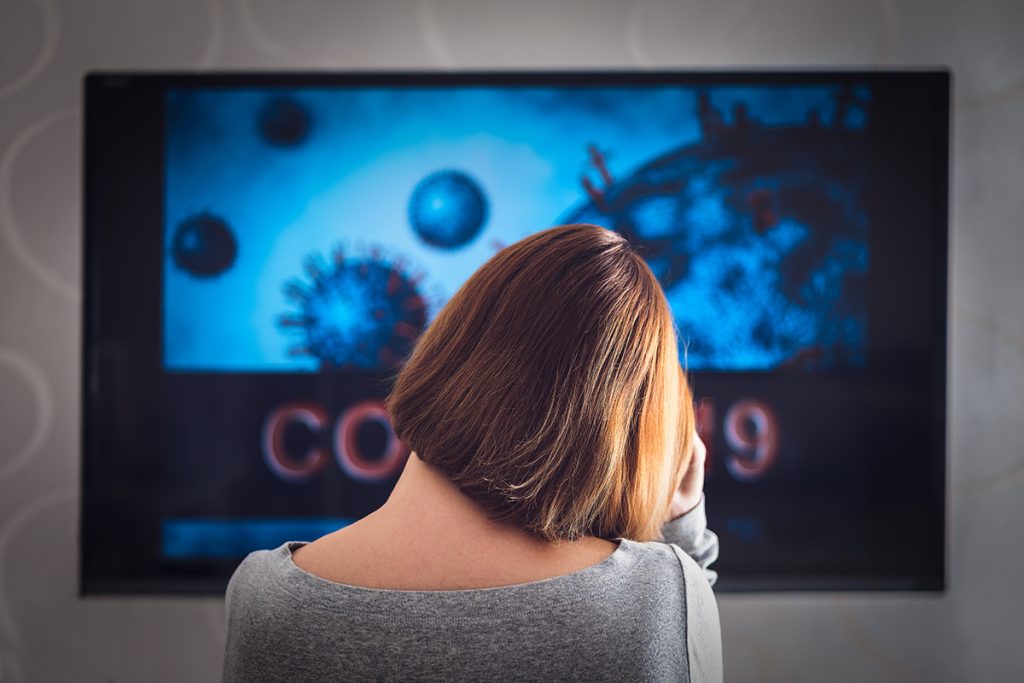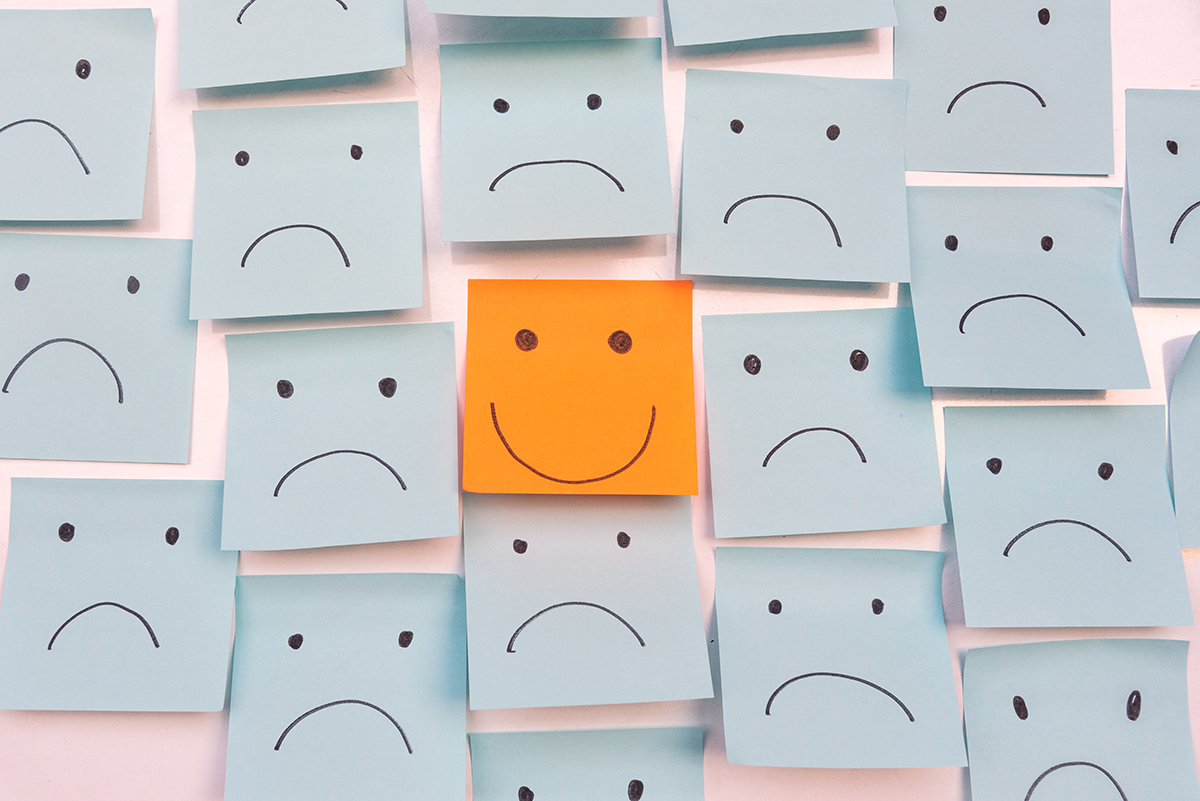There’s no denying 2020 has been a difficult one. With the lack of certainty, much rapid change and the over-use of the word ‘unprecedented’, it’s no wonder anxiety levels are through the roof.
However, there are some positives to come from the catalyst that is the pandemic. And, for now, we’re not talking about Curatif’s cocktail club delivery, two new Ben & Jerry’s flavours or even the iconic coupling of Allen’s Milk Bottles and OAK. All of which have been delicious highlights.
Instead we’re talking about true awareness, acceptance and action around mental health awareness in Australia. Especially within the workplace.
For something that was once hushed or deemed a compliance ‘checkbox’, COVID-19 has truly highlighted that it’s okay to not be okay and that everyone is working through something. In this case, a global pandemic.
But to really drive long-lasting and not solely reactive change, leadership teams in every Aussie business need to be truly vulnerable, open and empathetic for a mental wellness program to work and be integrated.
A yoga class here or there, a mental health day once a year or a print out of supportive words mounted on the wall aren’t the answer. It’s going to take a well thought out plan.

Image purchased. Credit Andy Shell
We reached out to Lisa Lie, people and culture lead at the digital agency, Half Dome, who has ensured a strong mental health program is an integral part of their every day, to see what actions we could embrace and share with our readers.
To start, Lisa shared that the healthiest steps an organisation can take to support mental wellness are to create an open, empathetic and trusting environment. But knowing how to do that let alone knowing where to start, can be daunting.
So, to help us all move forward, we’re going to explore the five things Half Dome has implemented:
1. Lead with empathy
Half Dome believes that building trust and relationships with people needs to be reinforced through every initiative and action. This is where businesses need to be brave. Think of your team; each employee needs to be comfortable sharing how they’re feeling, are able to ask for support, reach out, be vulnerable and encourage others to do the same.
2. Inviting open and safe discussions
It all starts with a discussion. Two-way dialogue is vital. And then, of course, action on what’s discussed to improve individual situations.
3. Frequency
Offering daily or weekly personal support from leaders is fundamental to the support of a mental health program. A quarterly or annual check-in won’t suffice. You’ll lose momentum and effectiveness.
4. Reward Growth Mindset
Building skills, awareness, language and actions that reward a growth mindset motivate employees and encourage them to open up, share and take action.
5. Creating an environment for proactive and early help-seeking
The sooner you can address the issue, the better the chance you can find a resolution. It’s a win-win for the employee and the employer.

Image purchased. Credot Tzido Sun
Once a trusted environment is created, it makes participation in important circuit-breaking campaigns like the recent R U OK Day on Thursday 10 September more powerful. By simply asking this question, it can stop some people from disappearing into a negative self-talk state, further increasing their anxiety levels. Breaking this circuit by showing you care can be extremely helpful.
If you have the right environment, lead with empathy, show support, give your team the skills to deal with stress and have professional help to hand, asking “R U OK?” becomes more meaningful. It means people will be happy to come forward and tell the truth. If their answer is, “I don’t think so” your holistic wellness program will ensure your team can navigate through to the right help.
Now, more than any year in living memory, we need to make sure our employees are OK. We need them to know that their wellbeing is important – not because it makes the business more money, but because we’re all human and doing our best.
Not only is it the brave thing to do, it’s the right thing to do.


